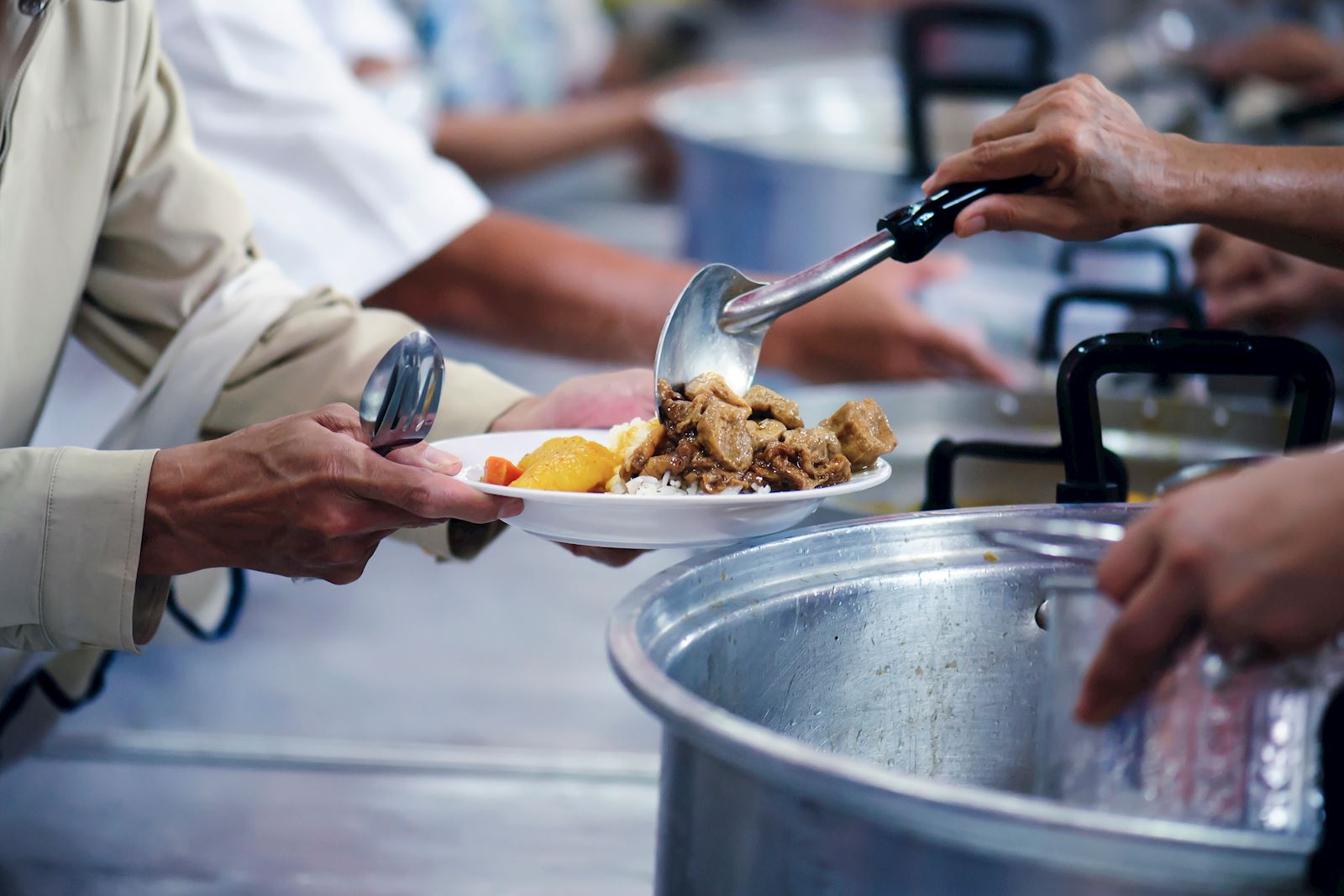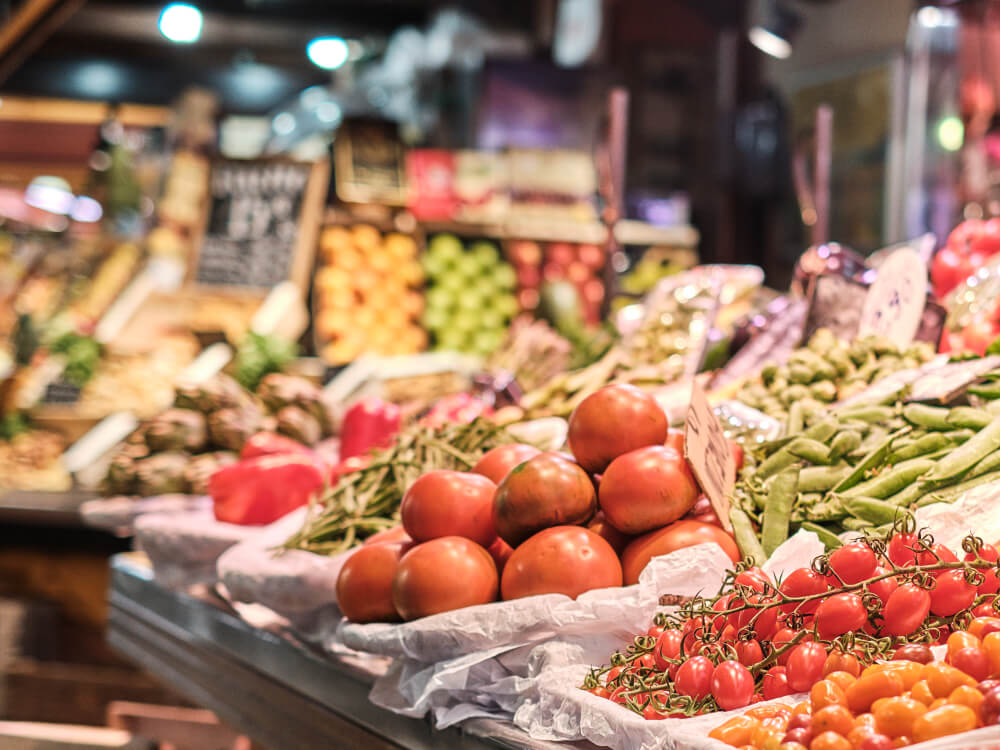For many people, thinking about the holiday season conjures up heartwarming images of family gathering around the dinner table to enjoy bountiful helpings of food. But for others, food insecurity is a year-round struggle, and the holidays are no exception.
Food insecurity in 2023
The U.S. Department of Agriculture (USDA) released a report that estimates as many as 47.4 million people – including 13.8 million children – are living in food-insecure households in America. Food insecurity means that at times, the household doesn’t have enough food for at least one person in the house due to not being able to afford it or having access to it. About 12.2 million adults and more than 840,000 children live in households with very low food security. In these homes, one or more people in the household had to skip meals or reduce food intake because they couldn’t afford enough food.
Hunger during the holidays
When the holiday season arrives, we are inundated with bountiful food imagery everywhere we look. But some can’t fill their holiday tables due to a variety of obstacles that have contributed to their food insecurity.
Part of the problem is that many food-insecure households are in “food deserts” where there is limited access to affordable, nutritious food. They may also live in "food swamps” that have an abundance of fast food or junk food outlets, but no stores offering high-quality food. A typical food swamp has four unhealthy eating options for every one health option.
Unfortunately, these low-quality food options may do more harm than good and can contribute to poor health. One of the main lifestyle risk factors for chronic conditions is poor nutrition. Chronic and diet-related conditions, including diabetes, cardiovascular disease, cancer and kidney disease, are among the leading causes of death in the U.S. and they disproportionately impact underserved, low-income communities.
In many cases, food-insecure families make tradeoffs to access food. They are forced to make difficult decisions such as buying food or paying for housing, utilities, prescriptions and medical care. It can be amplified with the gift-giving aspect of the holidays.
Mom’s Meals® Hunger Challenge
We are passionate about improving access to quality nutrition and reducing food insecurity where we live and work, and across America. One of the main ways we are combating these issues is through our corporate social responsibility efforts.
As part of those efforts this year, Mom’s Meals has pledged to donate 30,000 medically tailored meals through our annual Hunger Challenge initiative. Food insecurity happens every single day but can hit especially hard during the holidays.
How can you get meals for a person in need?
Are you a case manager, part of a food bank or other community-based organization? Do you know someone who is food insecure and is not eligible for any type of home-delivered meal funding or programs? We can help.
Submit a Hunger Challenge request. If the individual qualifies, we’ll donate a cooler of 14 meals to provide short-term support to that person until other long-term community resources can be identified.
Join us in this fight against food insecurity. Together, we can make a difference.



